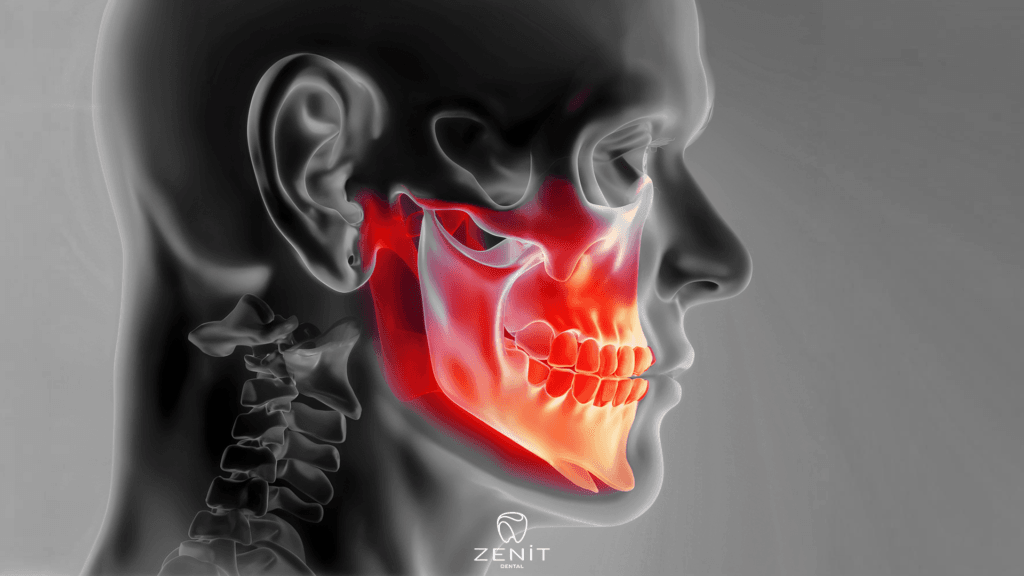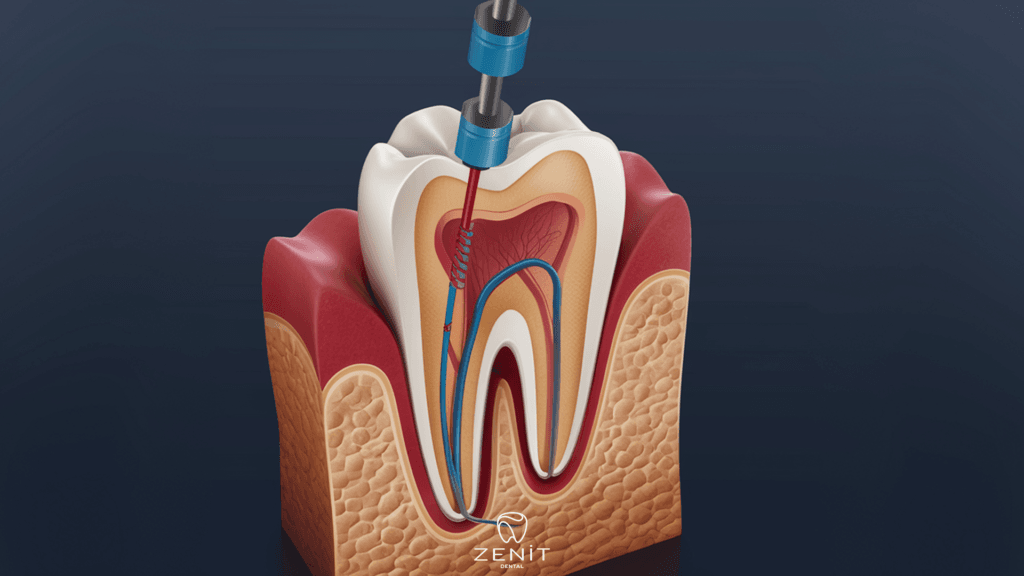How Often Should You Replace Your Toothbrush
A toothbrush is an essential part of a daily dental care routine. However, many people are uncertain about how often they should replace their toothbrush. The frequency of replacing a toothbrush typically depends on how the individual uses it, how diligent they are with oral hygiene, and the overall condition of the toothbrush. In this article, we will discuss when to replace a toothbrush, points to consider regarding this matter, and tips for maintaining a healthy oral hygiene routine.
How Often Should You Replace a Toothbrush?
There is a general rule regarding when to replace a toothbrush: It should be replaced approximately every three to four months. However, this frequency can vary. For example, if you regularly clean and dry your toothbrush, you can extend its lifespan. Additionally, regularly checking the condition of the toothbrush is important. A toothbrush with bent, worn, or hardened bristles cannot effectively clean and may cause harm to your teeth. Therefore, regularly inspecting the bristles and overall condition of the toothbrush is crucial.

Tips for Toothbrush Care
- Regular Inspections: It’s important to regularly check the condition of your toothbrush. Inspect whether the bristles are bent, worn, and if the overall appearance is clean.
- Avoid Contamination: Toothbrushes are for personal use and not suitable for shared use to limit contact with others. Ensure that your toothbrush does not come into contact with someone else’s toothbrush to prevent the spread of bacteria and microbes.
- Cleaning and Drying: After each use, thoroughly rinse your toothbrush and store it in a dry, ventilated area. A wet environment can promote the growth of bacteria and microbes, leading to the need for more frequent replacement of the toothbrush.
- Selection of Toothbrush: When choosing a toothbrush, opt for those with soft bristles. Hard bristles can damage tooth enamel and irritate the gums.
- More Frequent Replacement for Specific Situations: During periods of infection such as flu or colds, or when there is noticeable wear or damage to the bristles of the toothbrush, it may be necessary to replace the toothbrush more frequently.
Tips for Healthy Oral Hygiene
- Regular Brushing: Regular brushing is a fundamental step for maintaining healthy oral and dental structure. Brushing your teeth at least twice a day effectively removes plaque and food debris accumulated on your teeth. Brushing in the morning upon waking up and before bedtime helps remove bacteria and food residue that have accumulated throughout the day. Additionally, using the brushing technique recommended by your dentist is important. Techniques such as circular motions or gentle brushing of teeth without damaging the gums ensure effective cleaning.
- Flossing: Using dental floss complements tooth brushing. It is an important way to clean plaque and food debris between teeth and below the gumline. Flossing helps prevent tooth decay and gum disease by cleaning the contact points between teeth. It’s important to be gentle while flossing and avoid harming the gums. Using dental floss should be considered an integral part of oral hygiene.
- Regular Dental Check-ups: Regular dental check-ups are a crucial part of maintaining oral health. Visiting the dentist regularly helps detect and treat early oral health problems. Professional dental cleaning allows your dentist to assess your oral and dental structure while removing plaque and tartar from your teeth. Regular check-ups can help identify and treat tooth decay, gum diseases, and other oral health issues early on.
- Balanced Nutrition: Dietary habits are important for a healthy mouth. Adopting a balanced diet strengthens and protects your teeth and gums. Avoiding sugary and starchy foods can reduce the risk of tooth decay. However, consuming foods rich in calcium can strengthen tooth enamel and prevent tooth decay. Drinking plenty of water not only prevents dry mouth but also helps cleanse harmful acids in the mouth and supports overall health. By reviewing your dietary habits and creating a balanced diet program, you can improve and maintain your oral health.

Conclusion
Regularly replacing your toothbrush is a fundamental step for maintaining healthy oral hygiene. Regularly checking and properly cleaning your toothbrush can extend its lifespan. Additionally, maintaining regular toothbrushing habits and attending regular dental check-ups can help preserve your oral health. Remember, a healthy mouth is an essential component of your overall health and requires regular maintenance. It’s time to take action! Developing healthy toothbrushing habits and scheduling regular dental check-ups are the first steps in supporting a healthy smile and overall well-being.
How Often Should You Replace Your Toothbrush How Often Should You Replace Your Toothbrush How Often Should You Replace Your Toothbrush How Often Should You Replace Your Toothbrush How Often Should You Replace Your Toothbrush How Often Should You Replace Your Toothbrush How Often Should You Replace Your Toothbrush How Often Should You Replace Your Toothbrush How Often Should You Replace Your Toothbrush How Often Should You Replace Your Toothbrush How Often Should You Replace Your Toothbrush






